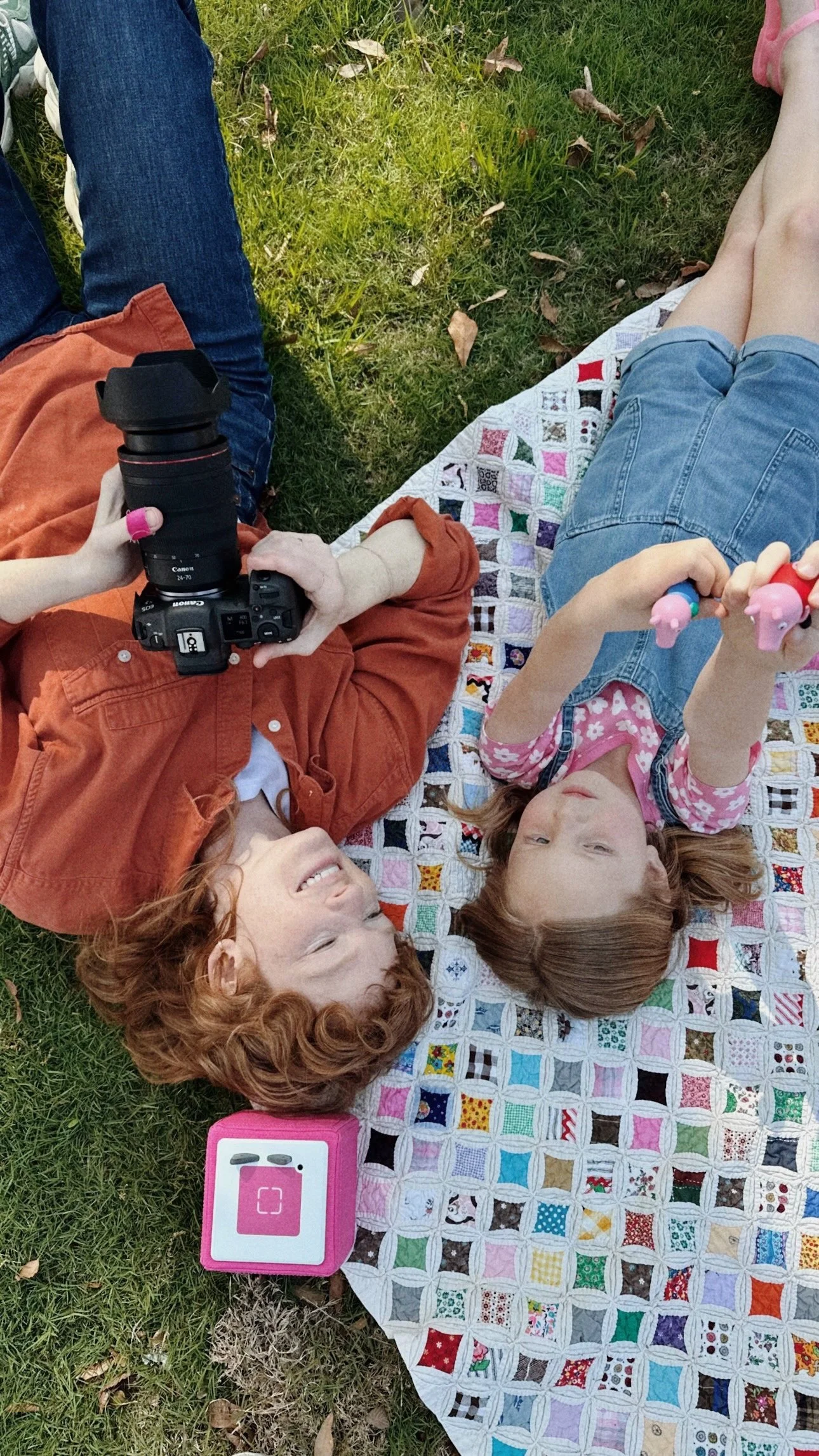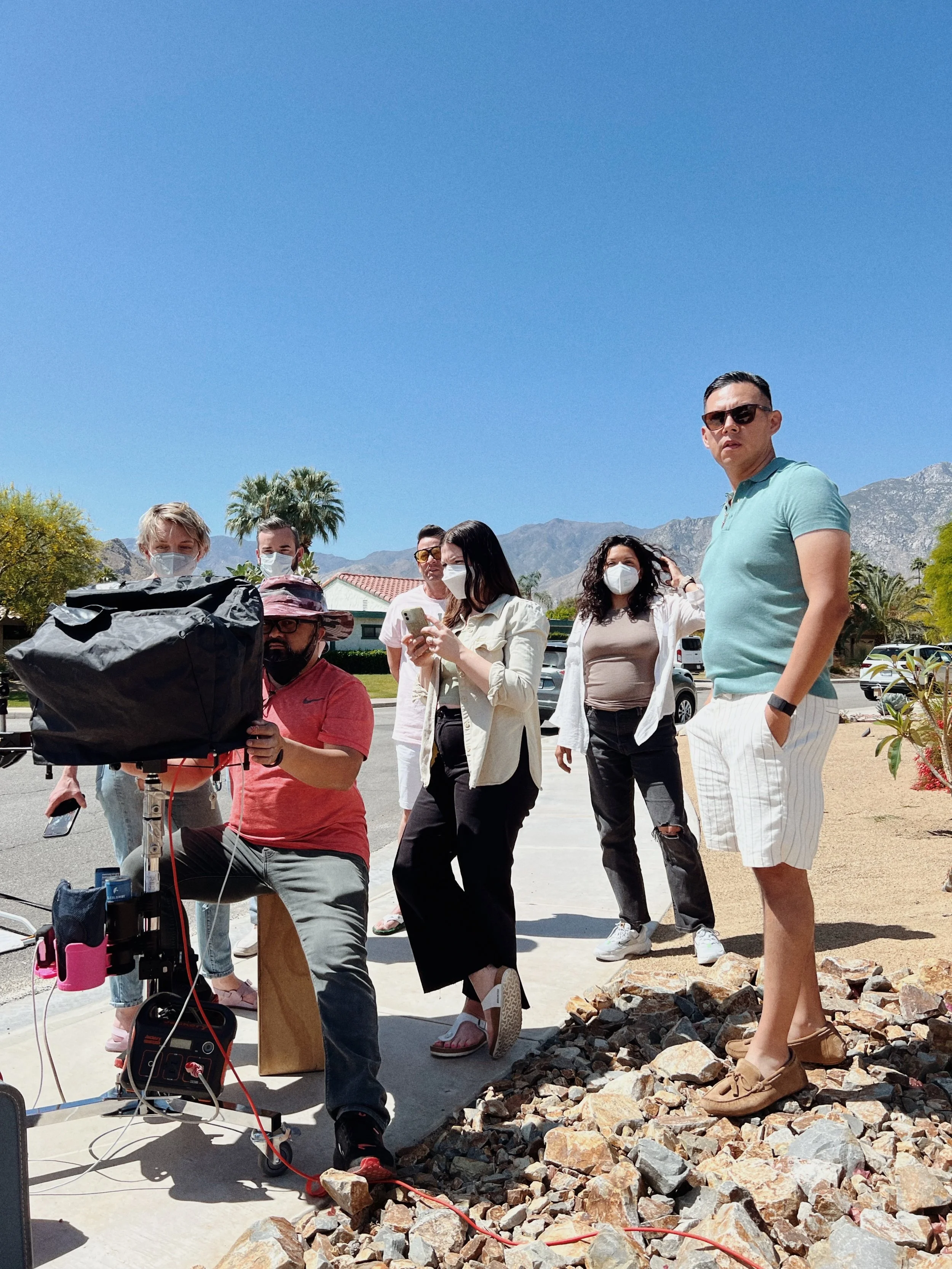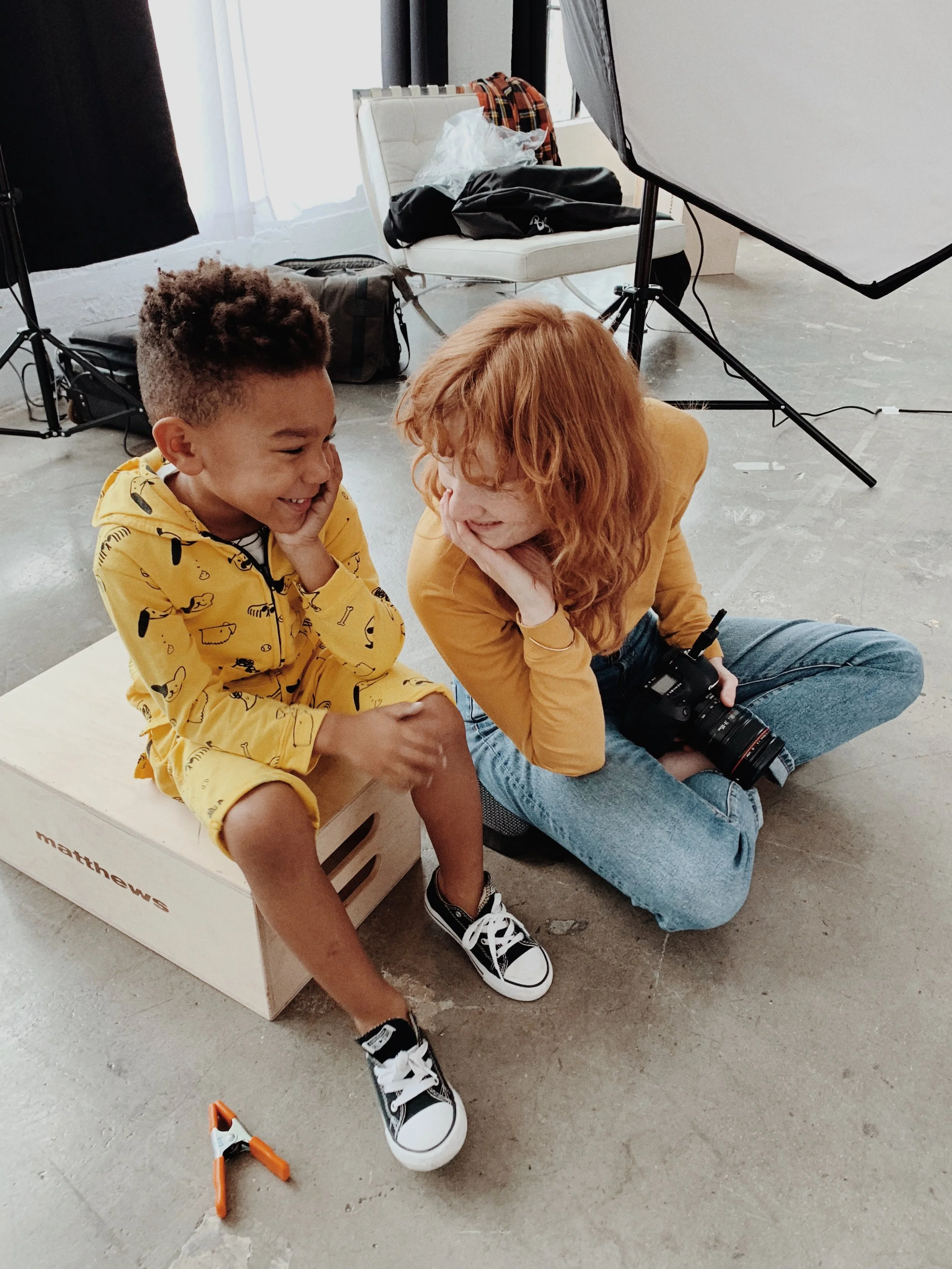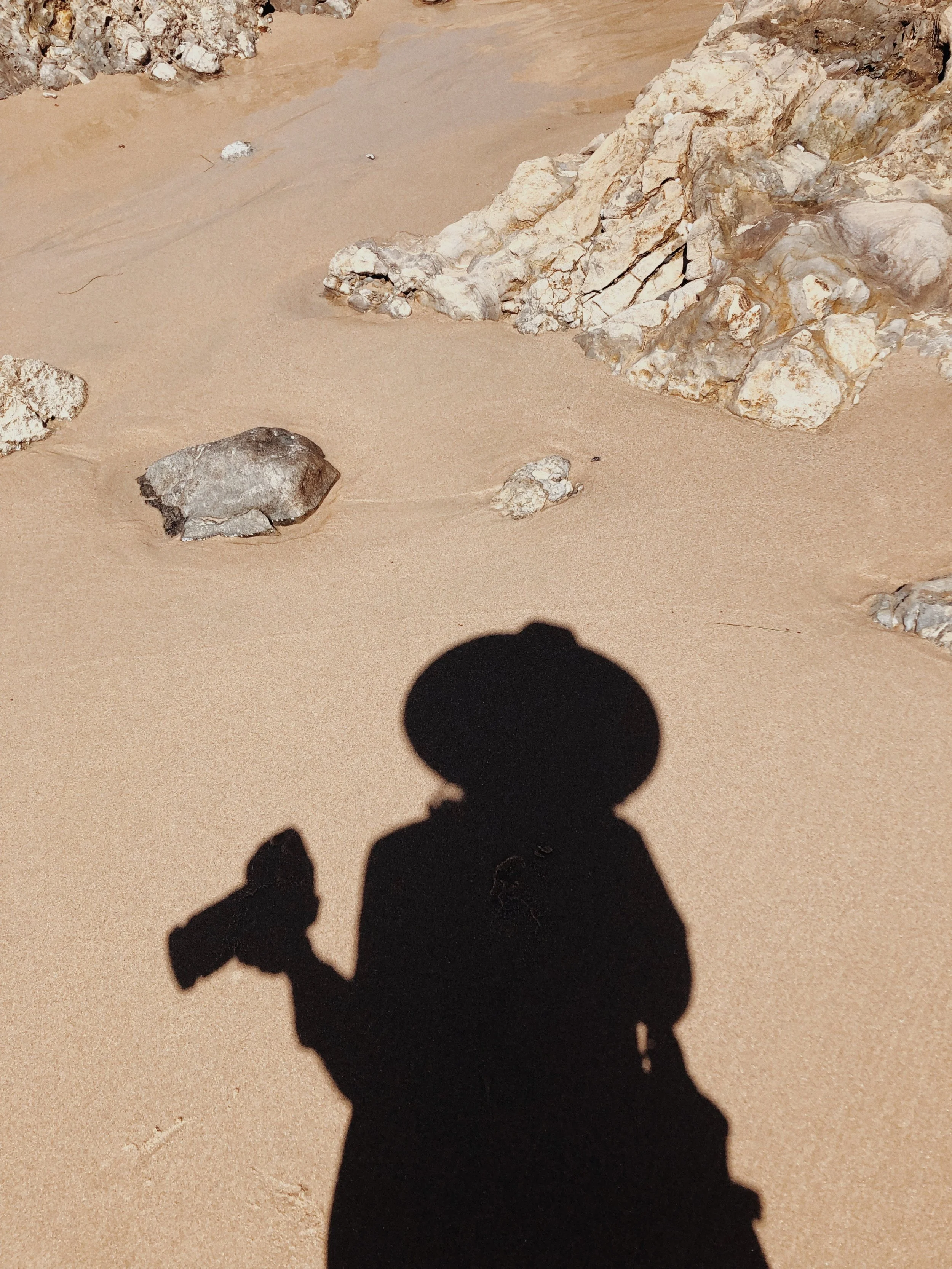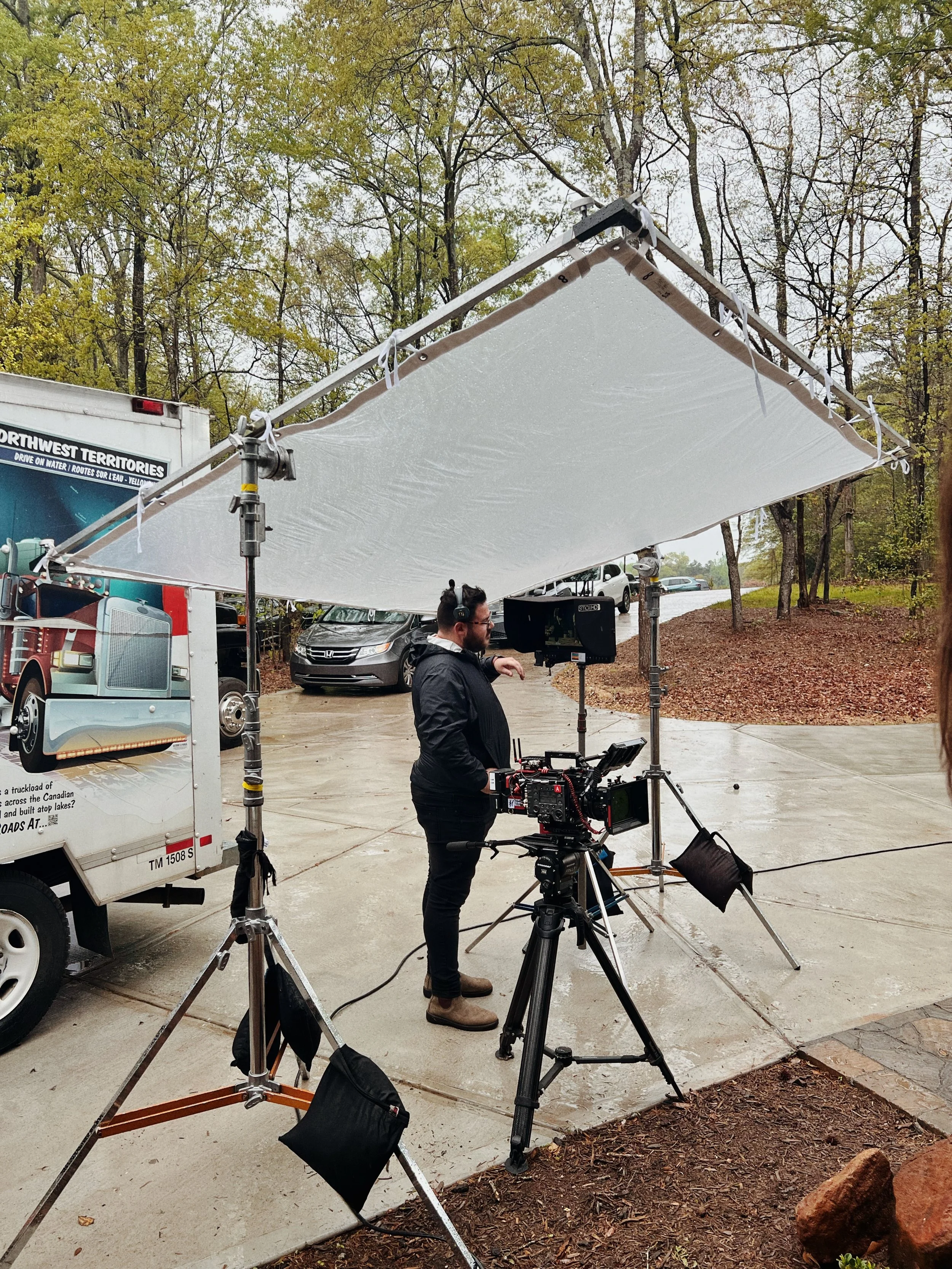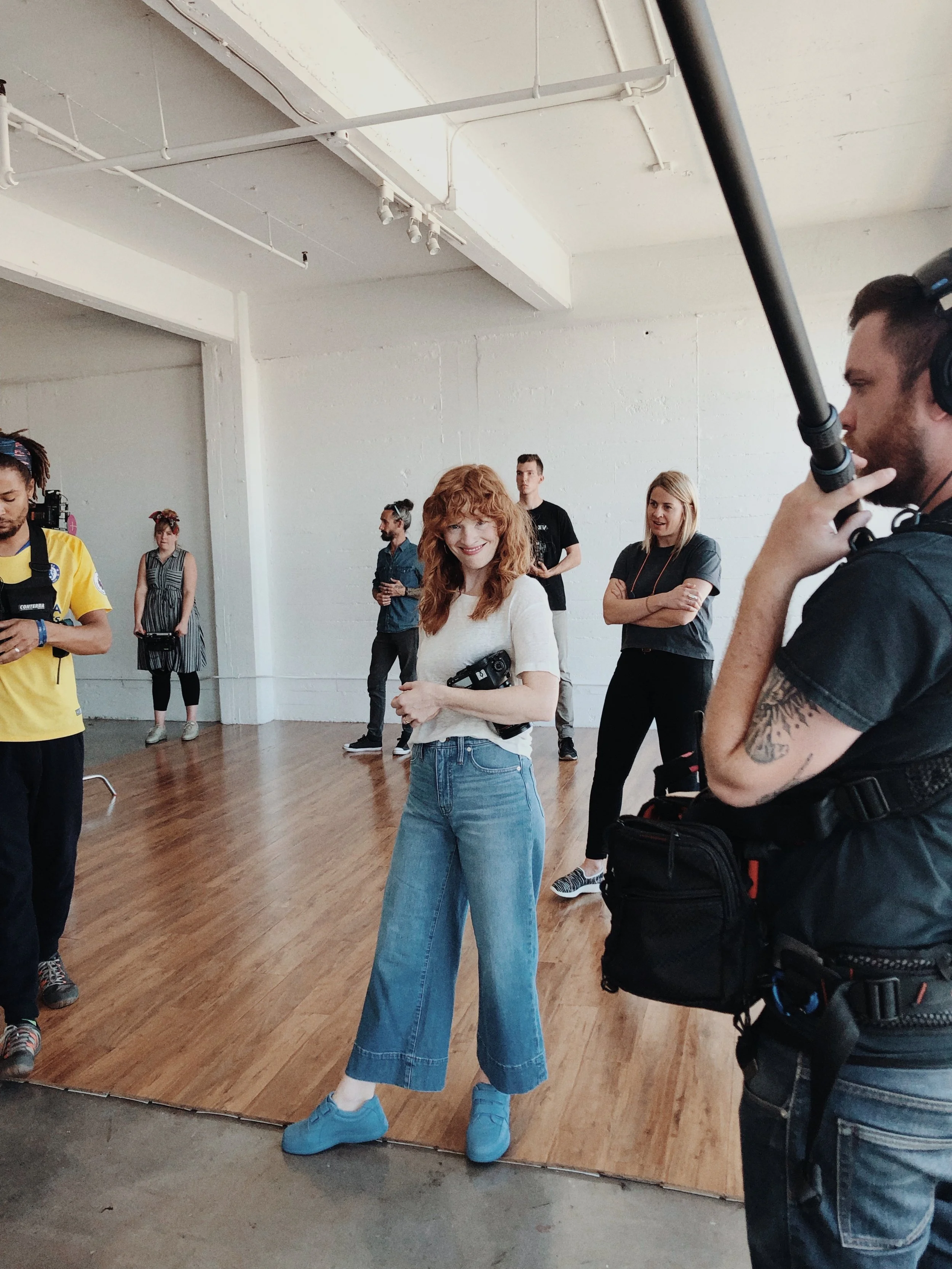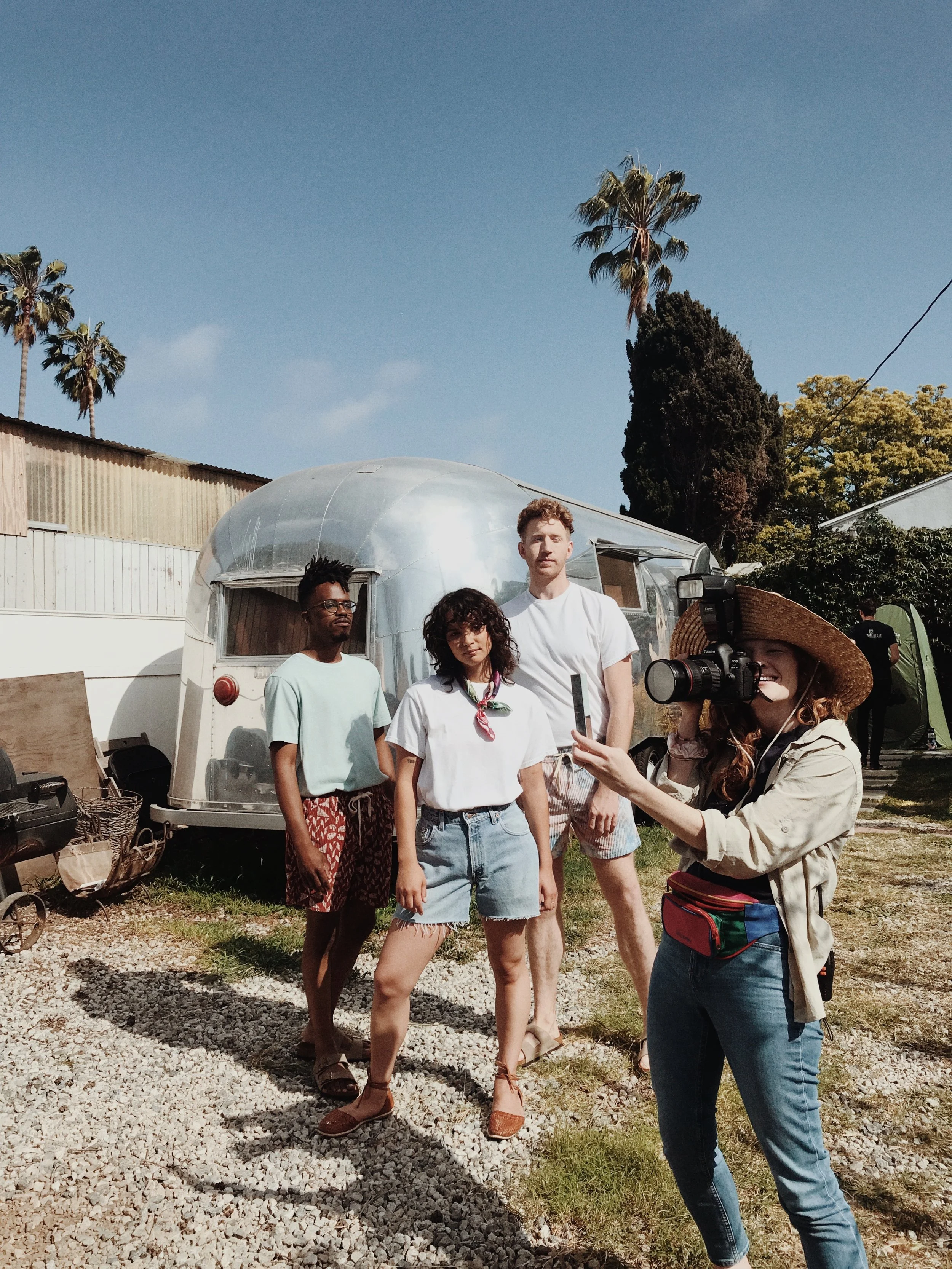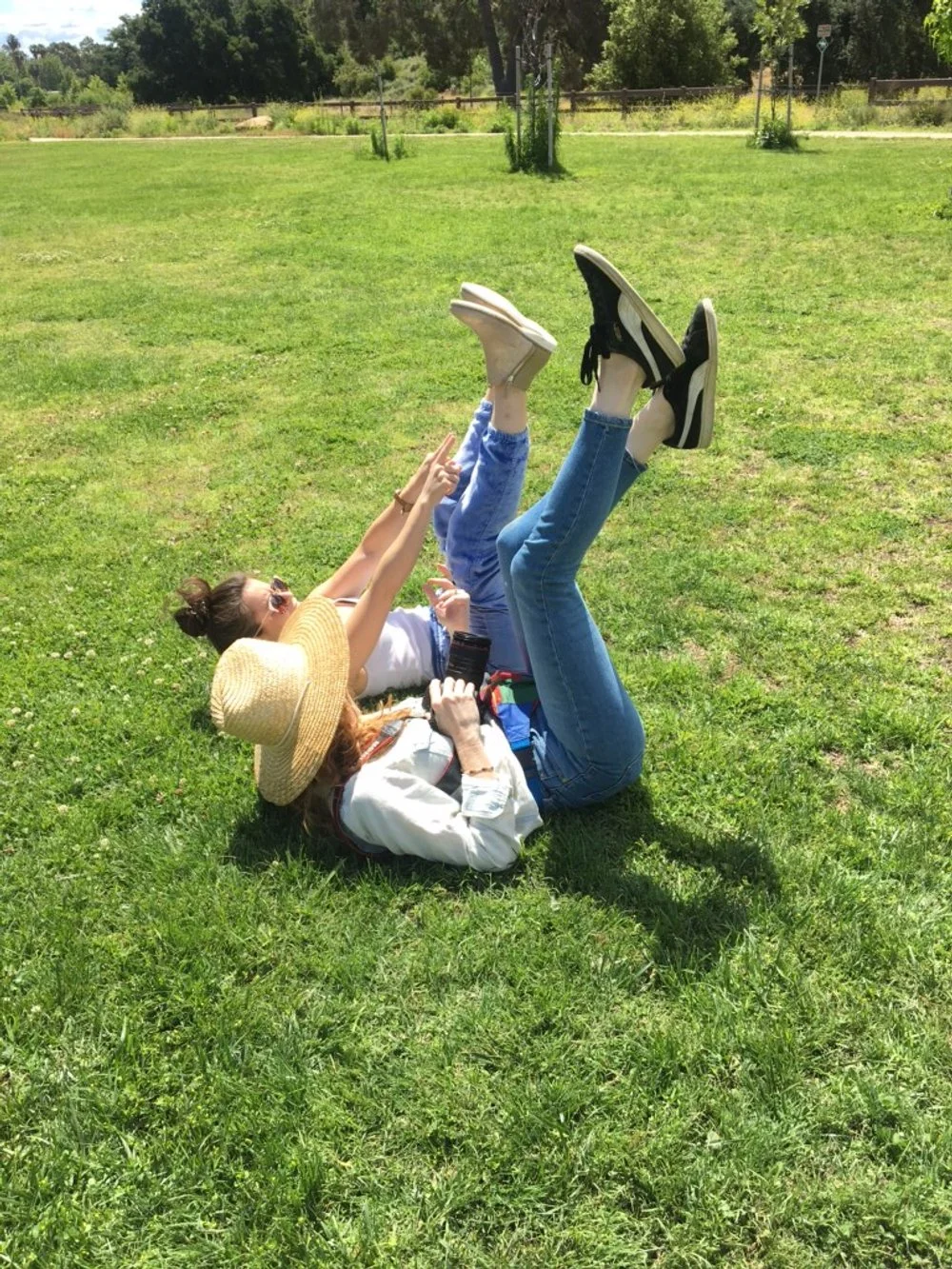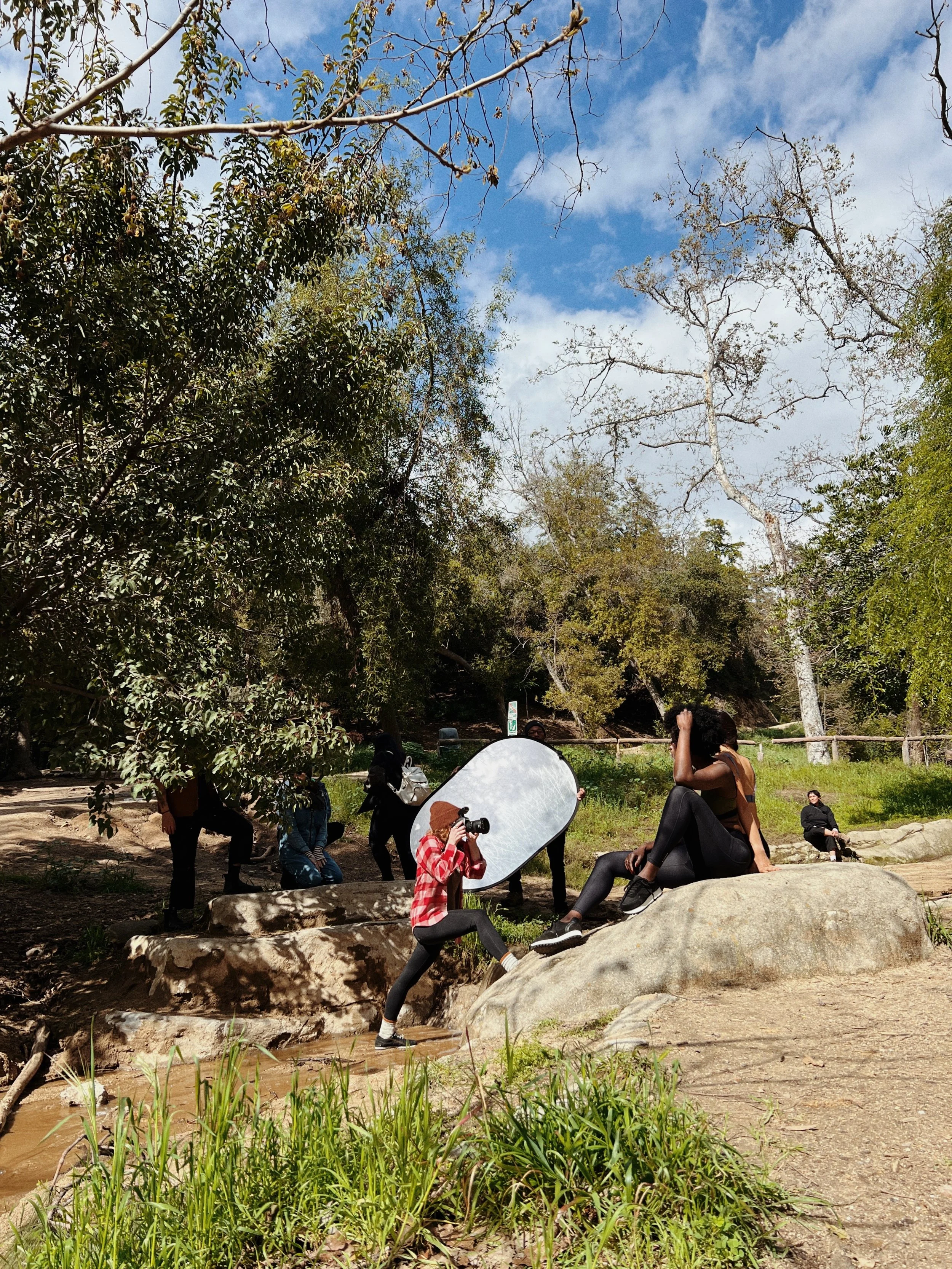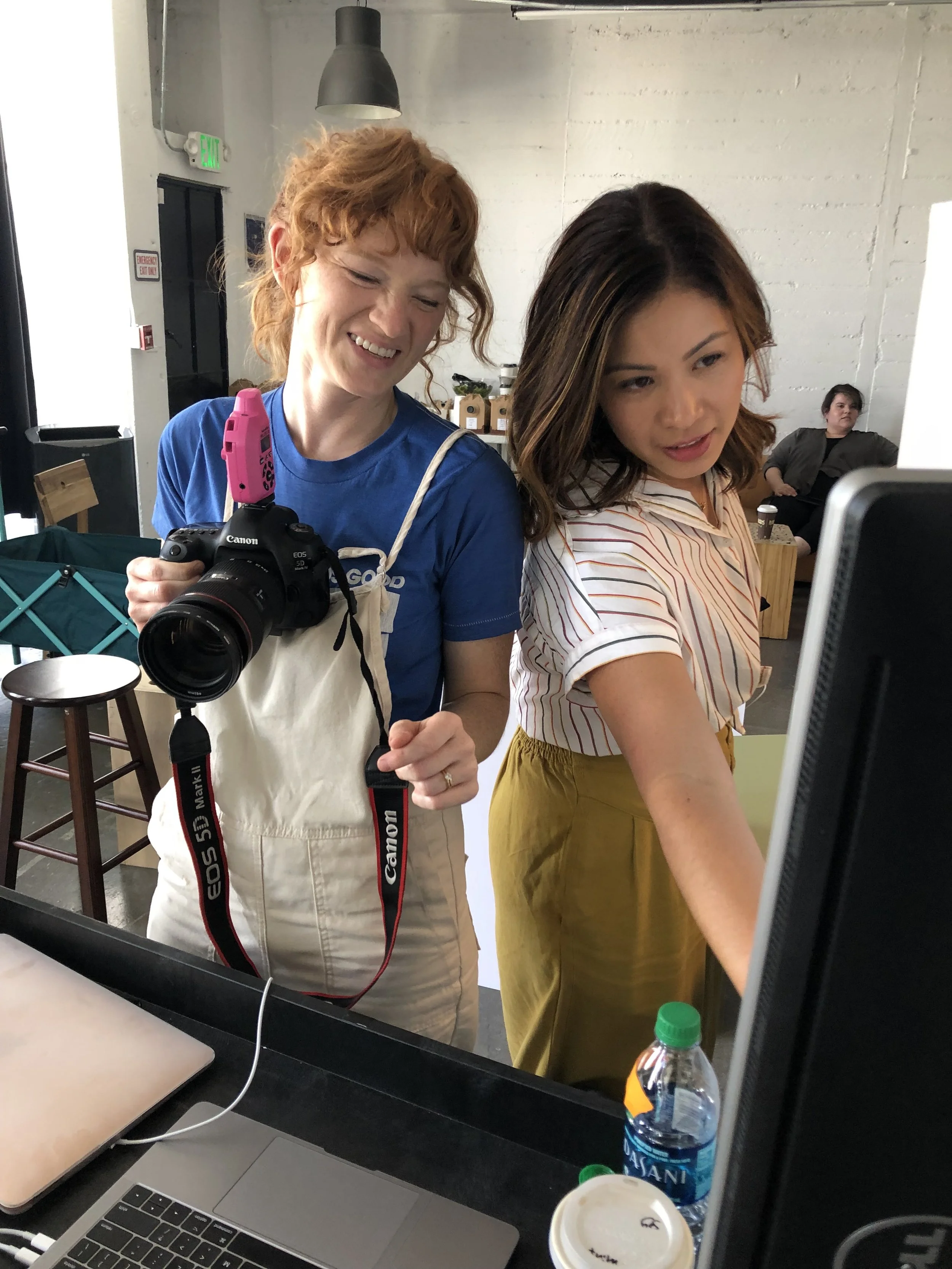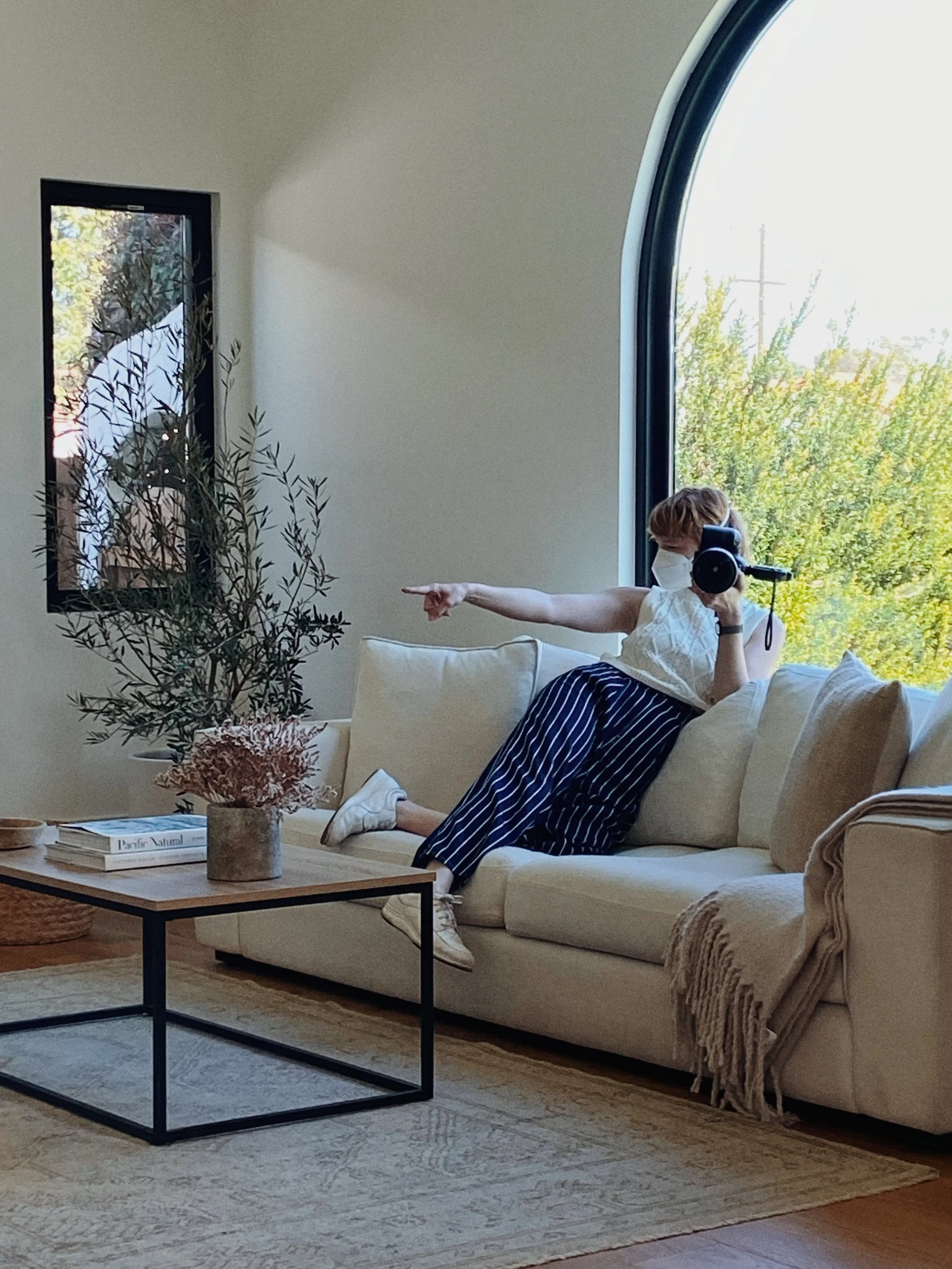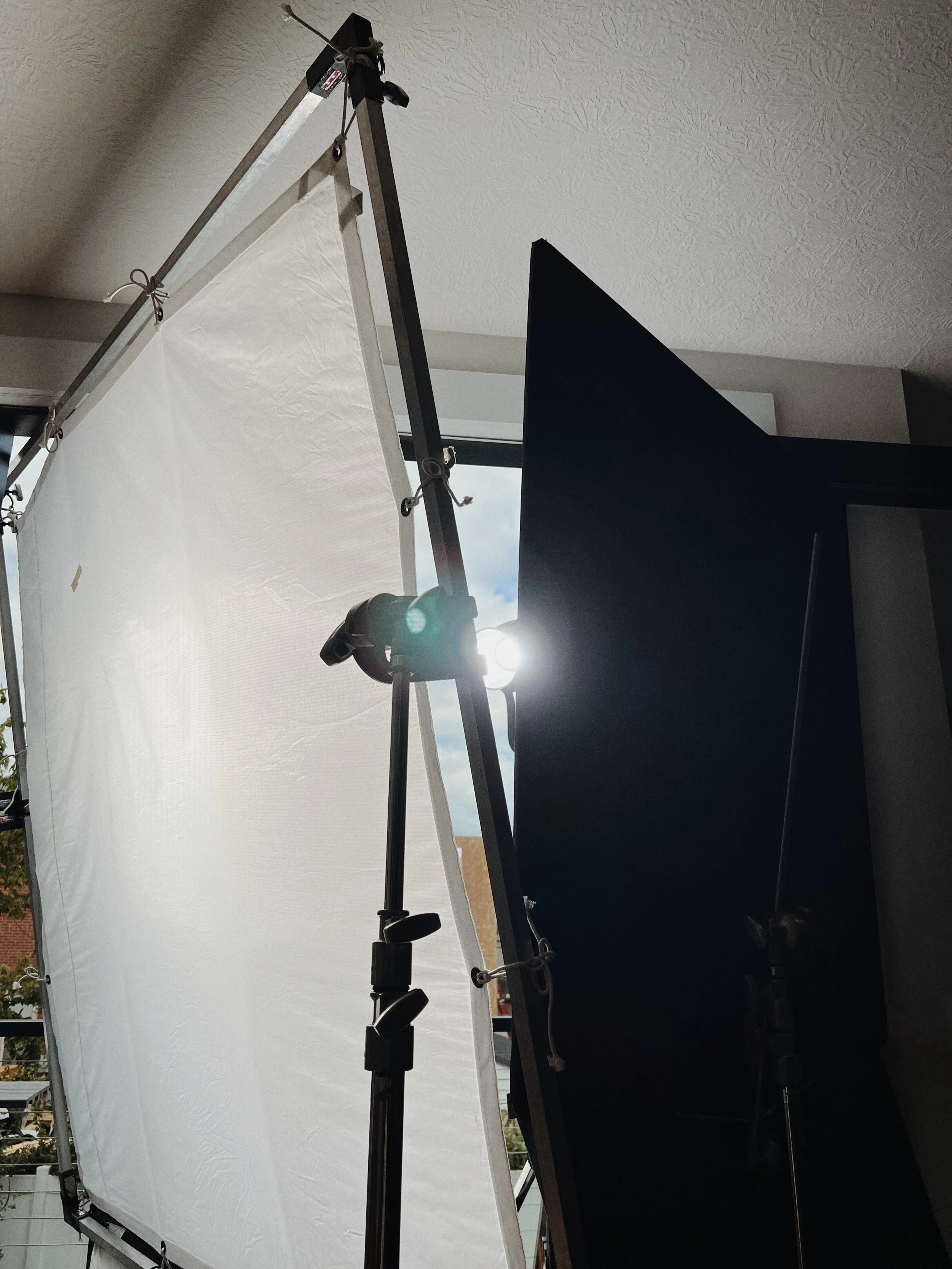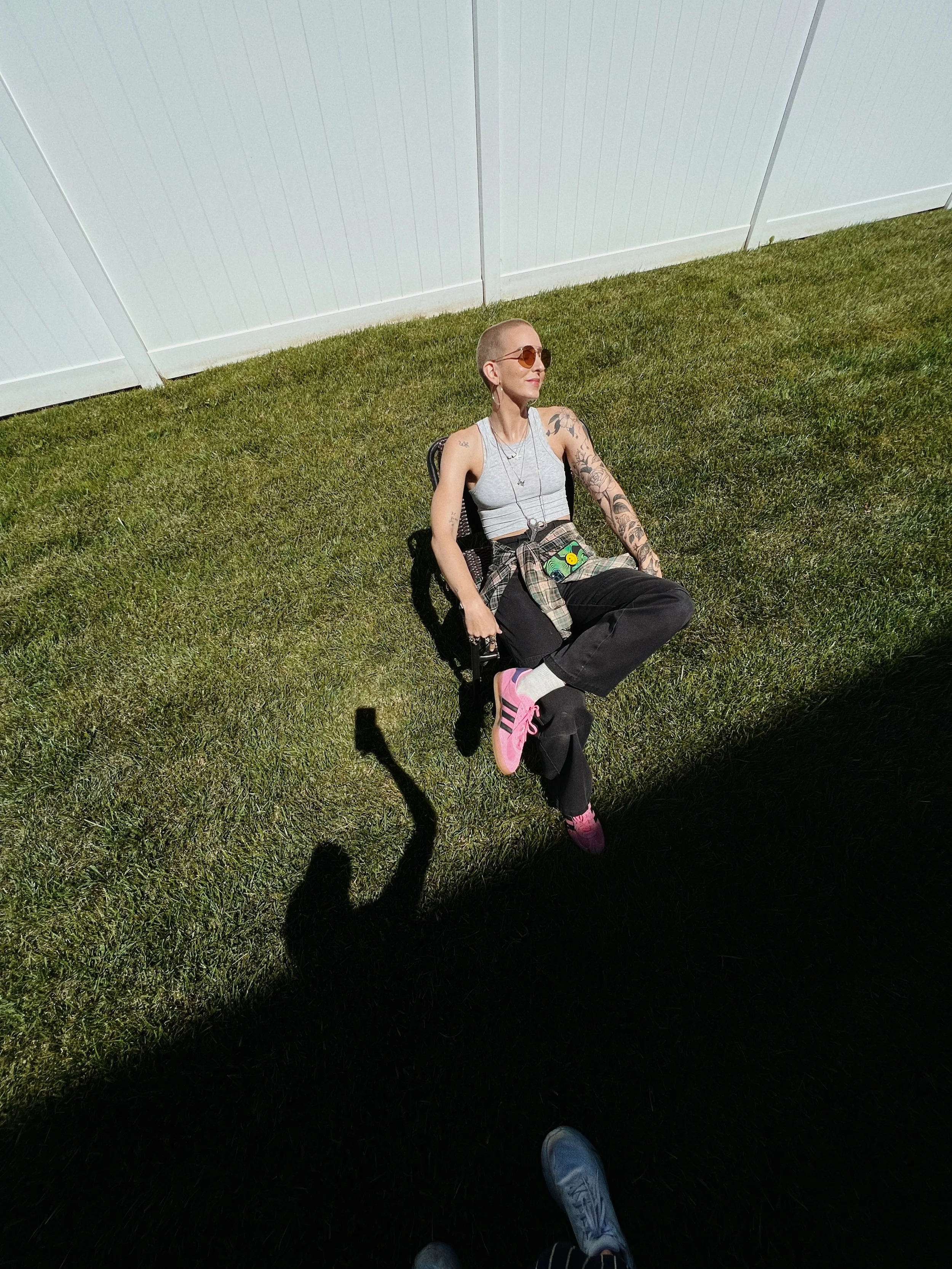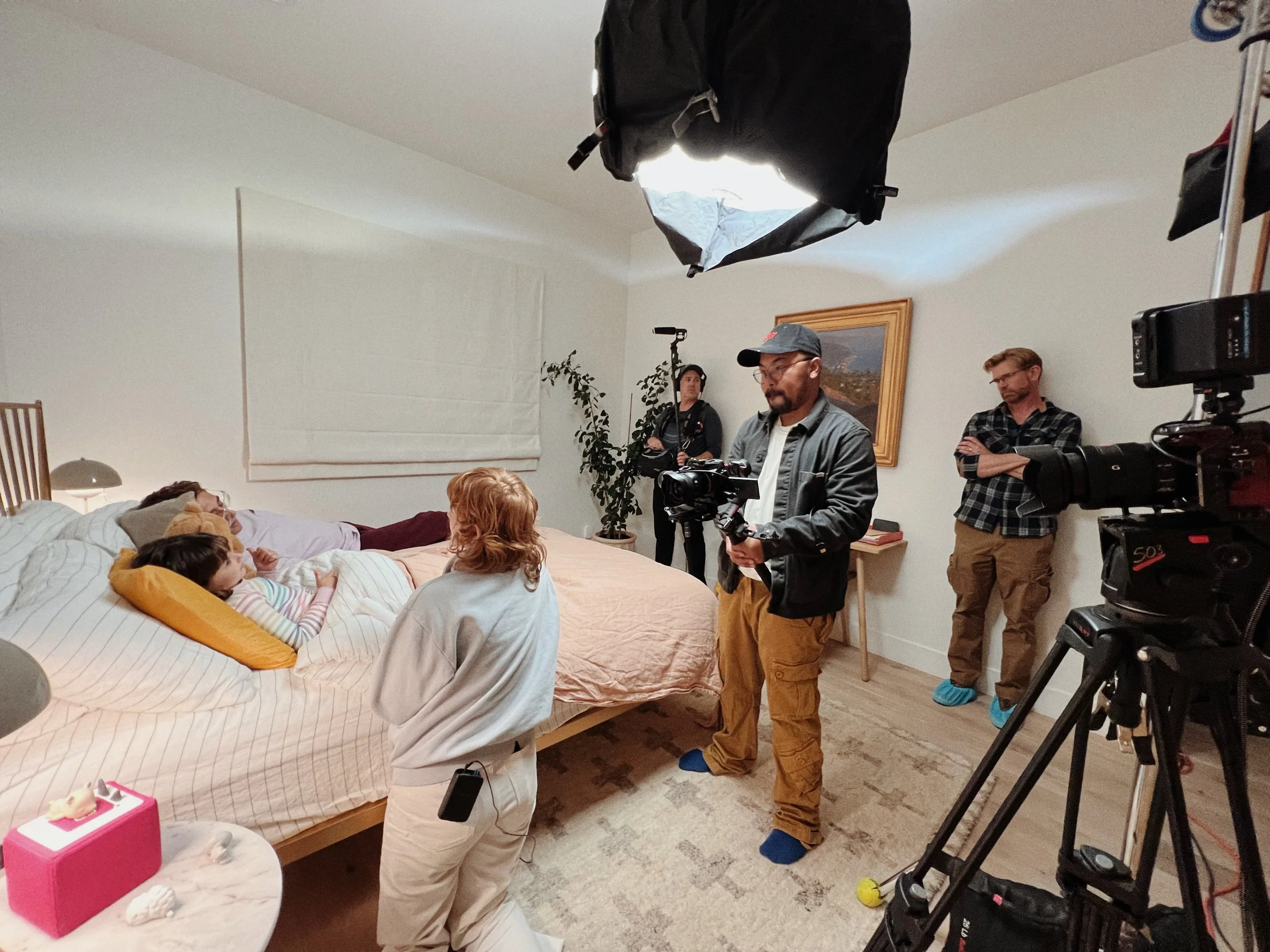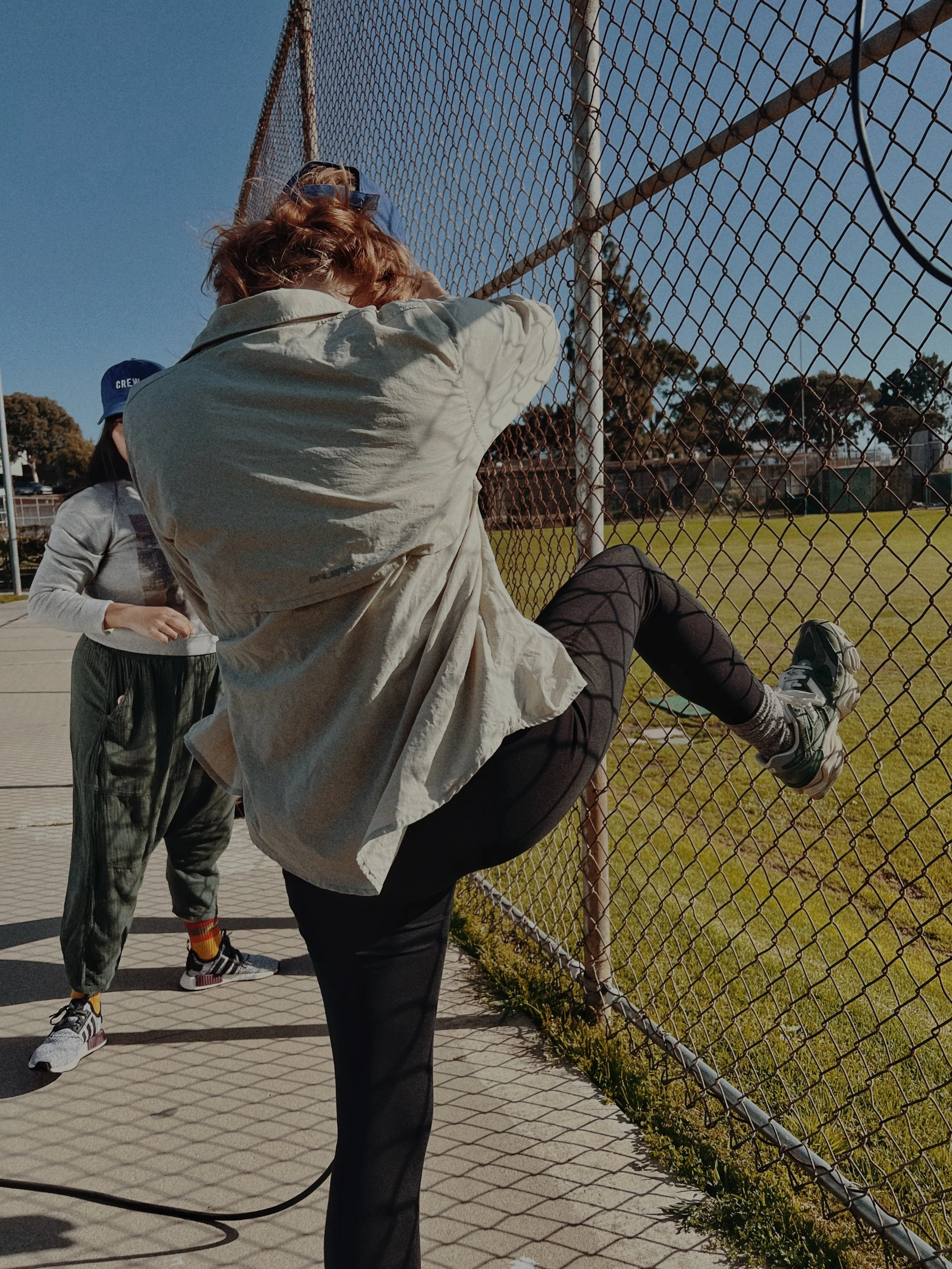ten tips from two decades as a professional photographer (part II)
welcome back for part two (check out tips 1-5 here). I hope the wait wasn’t too suspenseful. Let’s cut the fluff and jump right in.
6. IS THIS JOB A GOOD FIT FOR ME?
We’ve all done work for free trade and we’ve all had seasons where our bank account asks us to say yes to every job inquiry that comes in. But even when you find yourself in a position to be a bit choosier about the work that you take on, that scarcity mindset kicks in and it can be hard to say no. I took a virtual workshop with Victoria Will who scared her rubric for saying yes to a job — it must tick two of the following three items: 1). It’s a great paycheck, 2). it’s creatively fulfilling, and 3): would add to your portfolio. I just did a test shoot with some badass ladies that didn’t pay squat but it felt great (check #2), and I feel really excited to add the images to my portfolio (check #3) (and an additional bonus check to tip #1, I now have 3 new professional frands I hope to work with again). I also recently took a job that gave me zero creative freedom but paid well and added a great brand to my list of clients.
7. APPROACH CONTRACTS AND NEGOTIATIONS AS CONVERSATIONS. I know that it feels personable but it is not, it’s a starting point. As with most corporate jobs, negotiations go back-and-forth until both parties feel they are getting best bang for their buck and highest value delivered. I find that smaller brands require a bit more hand-holding and educating about all the pieces that go into a production and when I take the time to really break it down we have a more productive conversation about expectations and what they can actually accomplish with their budget. For larger brands, I begin with the most detailed estimate so that when they come back asking for a lower rate, there’s a lot of wiggle room with what we can shave off. That’s harder to do when you’ve given one lump sum for everything. If they want to spend less, they get get less time or images or post-production. A Photo Editor is my favorite resource for checking industry standards on rates and contract terms.
8. PRE-PRODUCTION IS YOUR BEST FRIEND.
The more pre-production done, the smoother the shoot (99.987% of the time, please see tip #5). Details are your friend, shot-lists are your plan. Whether working with a large crew or just you and your client, take the time to write out image needs including orientation, ratios, poses, direction, mood, etc. From there, take stock of what equipment you need to get the best results. Research the location and time of day with sun direction And for greatest success, don’t forget to bring a flexible attitude accompanied by a realistic understanding that things won’t always go as planned — keep room for magic and trying new things.
9. LET GOT OF SCARCITY MINDSET.
This is hard one — there are very real seasons of famine within the industry and things feel especially up in the air as brands experiment with AI. Five minutes on social media will make you feel like everyone is working besides you; triple bidding requires hours of your time and energy which can end with a simple “we’re going in a different direction” response. It’s very very easy to get trapped by comparison and feel like you’ll never work again. But I’m a big believer in that you get back what you put out — when I intentionally shifted my mindset from “everyone is my competition” to “there’s enough work for all of us,” not only did I find pleasure in the work again, I went in to every meeting and phone call with a looser grasp. Sometimes these seasons of slower work can lead to greater creative collaboration or exploration and ends up being incredibly valuable in the long run. I promise it’s more fun with an attitude that we’re all in this together.
10. THIS INDUSTRY IS A LONG GAME.
We’ve discussed curating a network, a crew, keeping good energy on set and learning people’s names… all building blocks in a long-term career in an industry built on relationships. I made connections in 2023 that led to paid work in 2025. Gotten to know P.A.’s on set that recommended me for larger jobs down the road. When things are slow, schedule test shoots, update your website, make connections on LinkedIn, revisit your ideal client or your current rates. Immediate silence doesn’t mean folks aren’t listening or seeing your work. Share what you’re excited about, add to conversation, celebrate the wins of others. Marketing’s “Rule of 7” suggests that someone needs to see an item seven times before they buy. So keep showing the work you want more of, keep making intentional connections and put out those good vibes.
